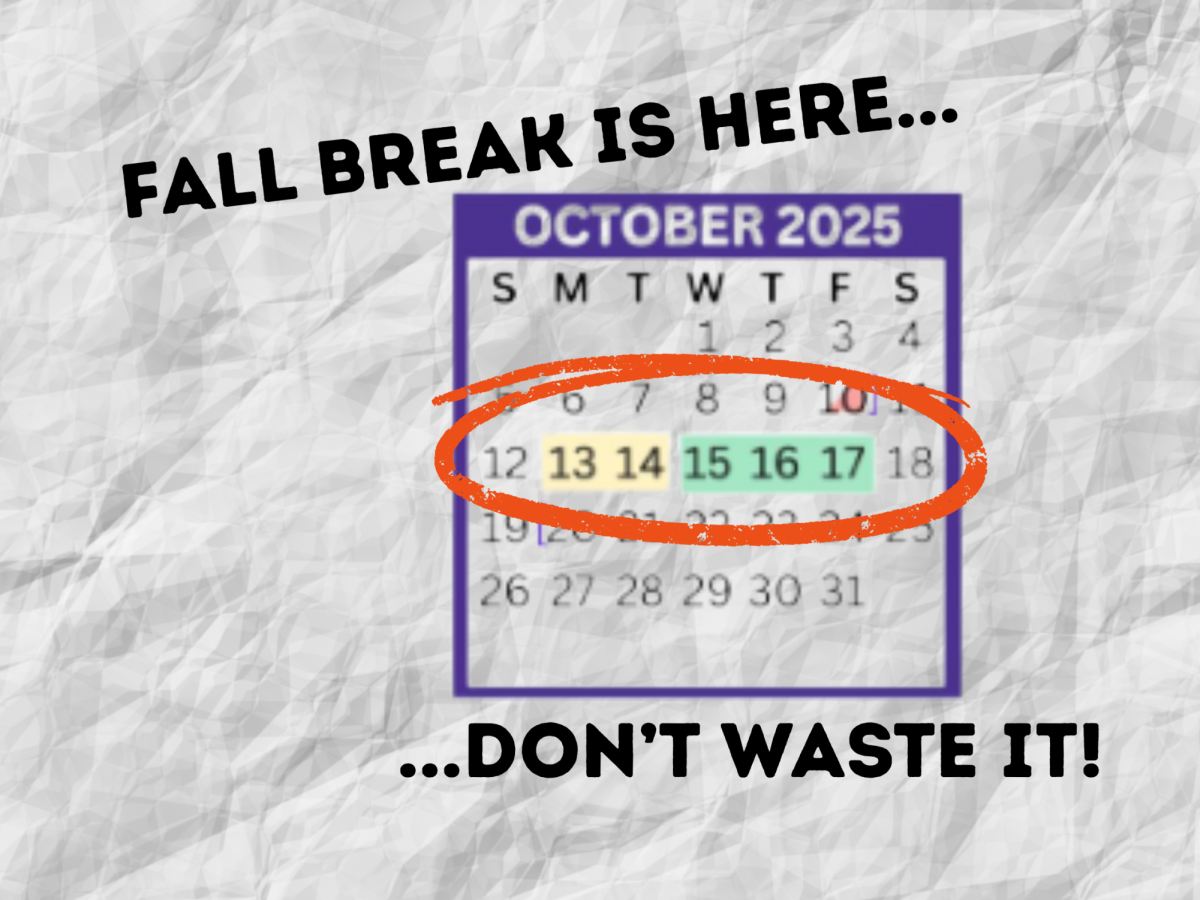Inflation has been at an undesirable level for quite a few years and has severely affected the cost of living. Housing and rent prices are at an all-time high, groceries are more expensive and even gas and utilities are being affected. With the inflation of prices, some companies have elected to use sneakier tactics to trick consumers and avoid raising the prices of their products, including shrinkflation and skimpflation. These tactics cause more distrust among consumers.
Shrinkflation is the practice of downsizing the quantity of a product to maintain the same price. This change can often go unnoticed for a while because consumers are more likely to notice a price change than a size change. A well-known example of this is the ever-shrinking quantity of chips in a chip bag. As obvious as it may seem now, shrinkflation has been a phenomenon since the 80s. Corporations usually choose to do this when they face more significant price increases that will slash their sales, but nobody likes being lied to either. Companies may be able to get away with it for a short period, but ultimately people will notice, and the lack of transparency feels condescending to consumers. People would rather buy products from a company that is honest with them than a company that finds a round-a-bout way to make them spend more per volume without them knowing. However one looks at it, it’s shady and deliberately deceptive.
Unfortunately, another money-saving tactic that companies use, known as “skimpflation”, is even more deceptive and harder to catch. Skimpflation is when a company sacrifices the quality of a product for the sake of sales by buying cheaper, lower-quality ingredients or taking away extra services that elevate the experience. For example, chocolate bar companies will replace real cocoa beans with more industrial seed oils and artificial flavoring, or companies will just reduce the number of employees so stores are constantly understaffed, resulting in a lower quality of customer service. This works extremely well for companies because they can fly completely under the inflation radar, and is even worse than shrinkflation because the change permanently alters the product’s taste and quality. Sadly, even if inflation decreases, it is doubtful that products will ever go back to how they were before. With the steadily climbing prices of cocoa, many of the classic Halloween candies will likely taste different this year because skimpflation is that common.
Shrinkflation and skimpflation are both a total slap in the face to loyal customers. Of course, there will be complaints when product prices go up too, but a company’s willingness to lie to its consumers says a lot about it as a whole. It begs the question what else have they been lying about, and how far are they willing to go? The deception is a blatant scam for trusting customers. The best that people can do to avoid these scams is to be hyper-attentive when shopping in-store. Look at unit prices, check the ingredients of products that are marketed as healthy, and scrutinize whether or not the product is worth the price.














